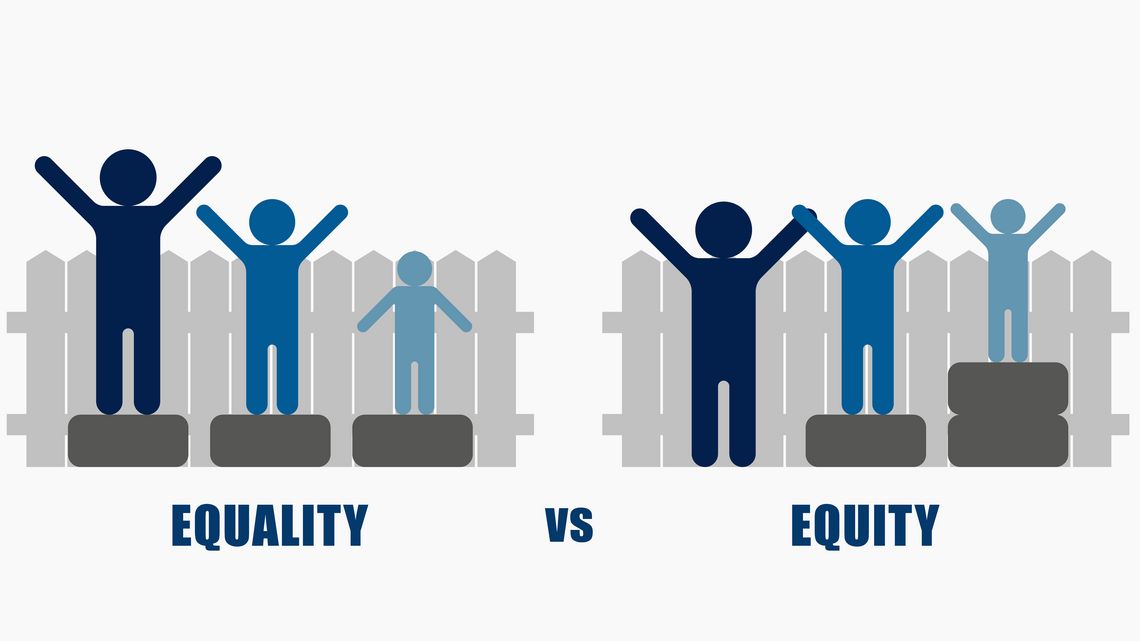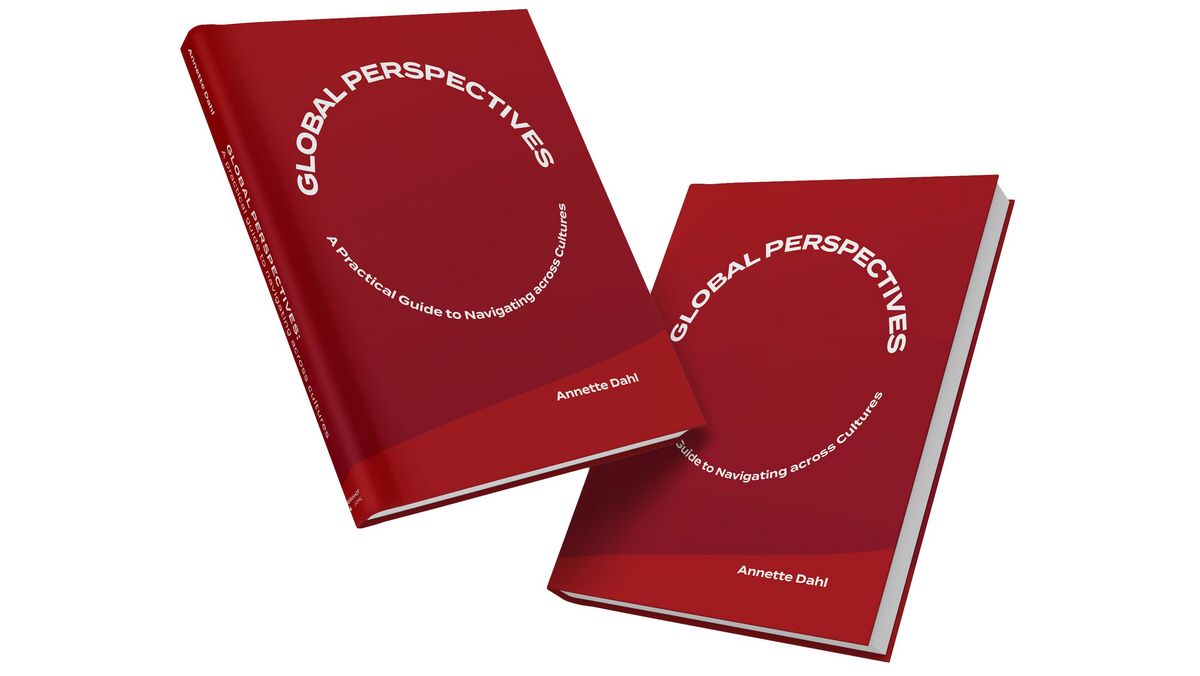
'Equality' vs. 'Equity': What Is the Difference?
If you are interested in DEI, you probably already know that these three letters stand for Diversity, Equity and Inclusion. In this blog post, we are spotlighting the E – Equity.
Often the words Equity and Equality are used synonymously. But actually, what they cover differs a great deal.
So, what’s the difference between Equality and Equity?
First, here is the short answer:
Equality:
You give all your employees the same opportunities and resources and treat everyone in precisely the same way.
In other words: You give your employees equal opportunities by treating them the same.
Equity:
You acknowledge that your employees have different backgrounds, circumstances and needs – and that in order to give everyone genuinely equal opportunities, you must sometimes make different opportunities and resources available to different employees.
In other words: You give your employees equal opportunities by treating them differently.
What does that mean in practice?
The example below is from a global workday.
NB: If you would also like input on how to translate 'equity' into Danish, read the Danish version of this blog post here.
Case: 'Equality' vs. 'Equity' in a global team
A large new global team with members from China, Indonesia and Denmark is holding an online meeting together. The Danish team members are seated together in an office at the Danish headquarters, whereas the Chinese and Indonesian team members are participating virtually from various locations.
During the meeting, the Danish team leader encourages everyone to brainstorm ideas for a new product and just say whatever comes to mind. The Danish team members contribute plenty of input. However, most of the Chinese and Indonesian team members remain silent, and the Danish team leader wonders why they have nothing to say.
Looking at the case through an equality lens, all the team members have equal opportunities for joining in. After all, the Danish team leader encourages everyone to just say whatever comes to mind.
But consider the case through an equity lens and it becomes clear that what we have here are not genuinely equal opportunities:
- For the Chinese and Indonesian team members who are used to a more hierarchical work culture than in Denmark, a large meeting where the team leader also participates is not a psychologically safe context for suggesting input – especially if they had no chance to think things over before the meeting
- Language differences and a preference for indirect communication make it even harder for the Chinese and Indonesian team members to join in at a meeting where the Danish participants are talking a lot, quickly, and in a rather direct manner
- The imbalances mentioned above are reinforced by the 'in-person bias' affecting the situation – it is simply easier for the Danish team members who are sitting physically in the same room at the Danish headquarters to have their say than for their colleagues participating virtually
For all team members to have genuinely equal opportunities for providing input, the Danish team leader should have adapted the framework for the brainstorming session to suit the team members’ different backgrounds, circumstances and needs.
Here are 6 tips for team leaders in a similar situation who want to give everyone in global teams genuinely equal opportunities to contribute:
1. Start by investing some energy in building up personal relationships before kicking off a team brainstorming session. In many work cultures, personal relationships and trust are closely linked, and the greater the trust, the safer it will be for team members to provide input.
2. Consider which cultural biases will influence the brainstorming session you have in mind. For example, many Danes are trained from childhood to join in and voice their opinions and ideas, even ideas that are not fully developed. In other cultures, you learn from childhood to think things over carefully before speaking.
3. Inform the global team members about the subject they will be brainstorming about well before the meeting, so that they can prepare. This is extra useful for team members who are afraid of sounding incompetent because they don’t fully master the English language (or whichever language the team is currently using).
4. Divide the team into smaller groups where you, in your capacity as team leader, do not take part. This gives the team members a safer setting for brainstorming, and then they can summarize the group input as "we suggest" rather than "I suggest".
5. Combat 'in-person bias' by giving each team member sitting physically together personal responsible for including one or more team members who are participating online.
6. Use an online tool to enable team members to provide input both before and after the meeting. Consider making this anonymous so it is both safer for team members to join in and also discuss the inputs without considering 'input giver's' status and rank.
See your company through an equity lens
In the case above, we focused on national cultural differences, language differences and inequalities potentially caused by some colleagues working at the same location while others are collaborating at a distance.
Here are more types of diversity to bear in mind when working with equity at your company:
- Gender, ethnicity, race, age, sexuality, gender identity and other identities
- Functional impairments and disabilities
- Personality types
- Social background and life experience
- Professional background
- Role and seniority in the company
Start by asking yourself:
Is there one majority culture (or more) at your company that everyone is expected to fit in with – and does that mean your employees do not all have genuinely equal opportunities for being included, thriving at work and creating results?
If you haven’t worked with equity before, knowing where to start can be difficult.
Here are some more questions of varying magnitude for inspiration:
- Do the same people always talk more at your meetings? Do your more introverted colleagues find it as easy to speak as your more extroverted colleagues? Are some professional groups more in the spotlight than others?
- Have you created a psychologically safe framework for your employees with different backgrounds, personalities and seniority to join in with new ideas, suggest feedback and voice any doubts?
- Is there a tone in the office that excludes some colleagues from joining in?
- Do you offer flexibility in terms of working hours and perhaps working from home – so your various employees can adapt their work to their different needs and life situations?
- Does everyone have a genuine opportunity to participate in corporate events and social activities? If your next management teambuilding event is, for example, a survival trip in the wilderness, what signal are you sending about the types of leaders you want for your company?
- Are any (invisible) barriers and biases influencing who gets the most attractive assignments, is offered career development courses, or receives pay rises and promotions?
The key to working with equity is to create the framework for all your employees to genuinely have the chance to contribute, create results, develop and thrive – even if they have different backgrounds, situations and needs.
And that’s better for everyone – your individual employees and your company.
Next steps
Would you like us to help your company to establish an inclusive work culture with genuinely equal opportunities for everyone – across generations, age, gender, ethnicity, national backgrounds and other differences? Contact us for a chat!
Looking for more inspiration on diversity, equity and inclusion? Then follow us here on LinkedIn – and sign up for our newsletter in the form below.

